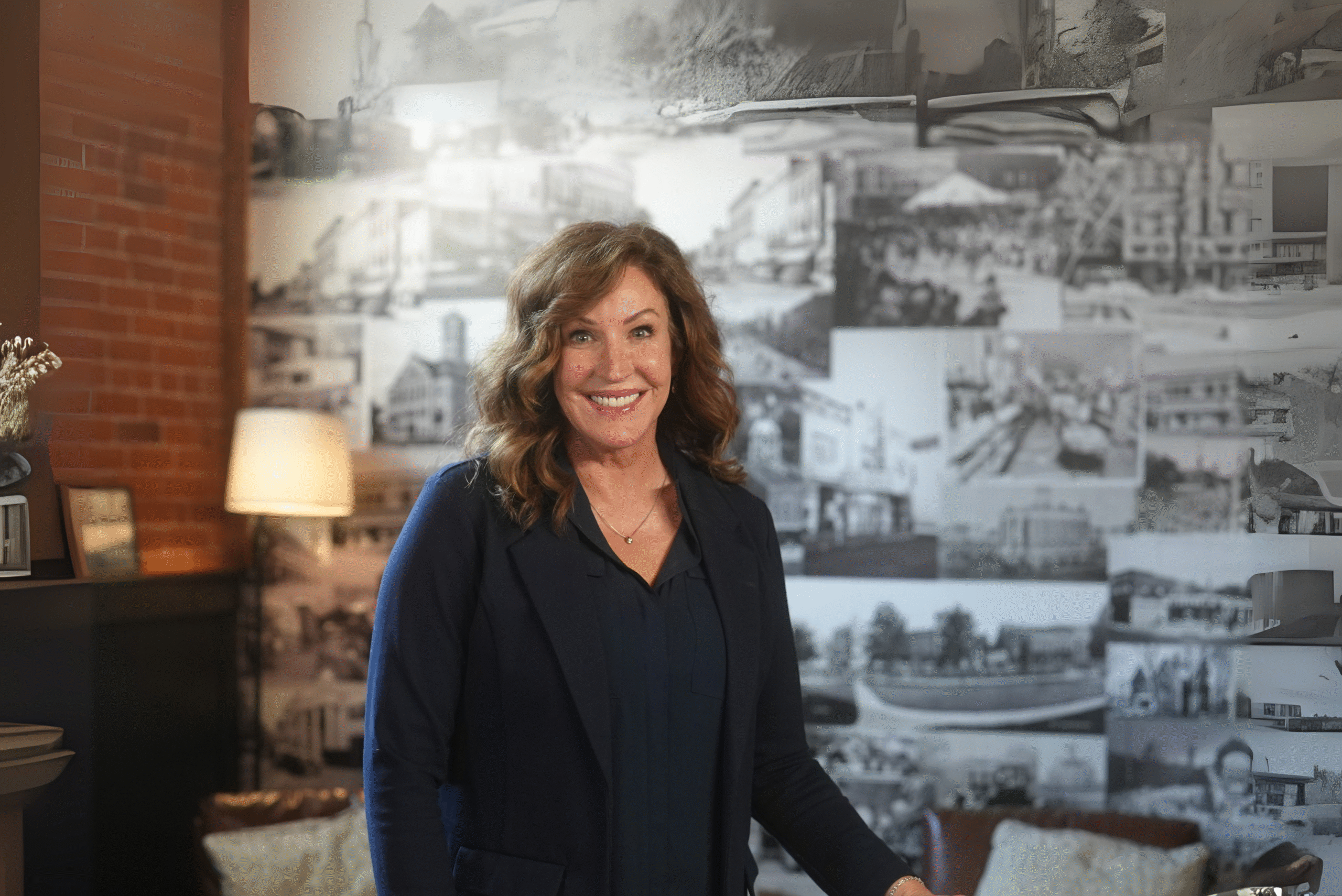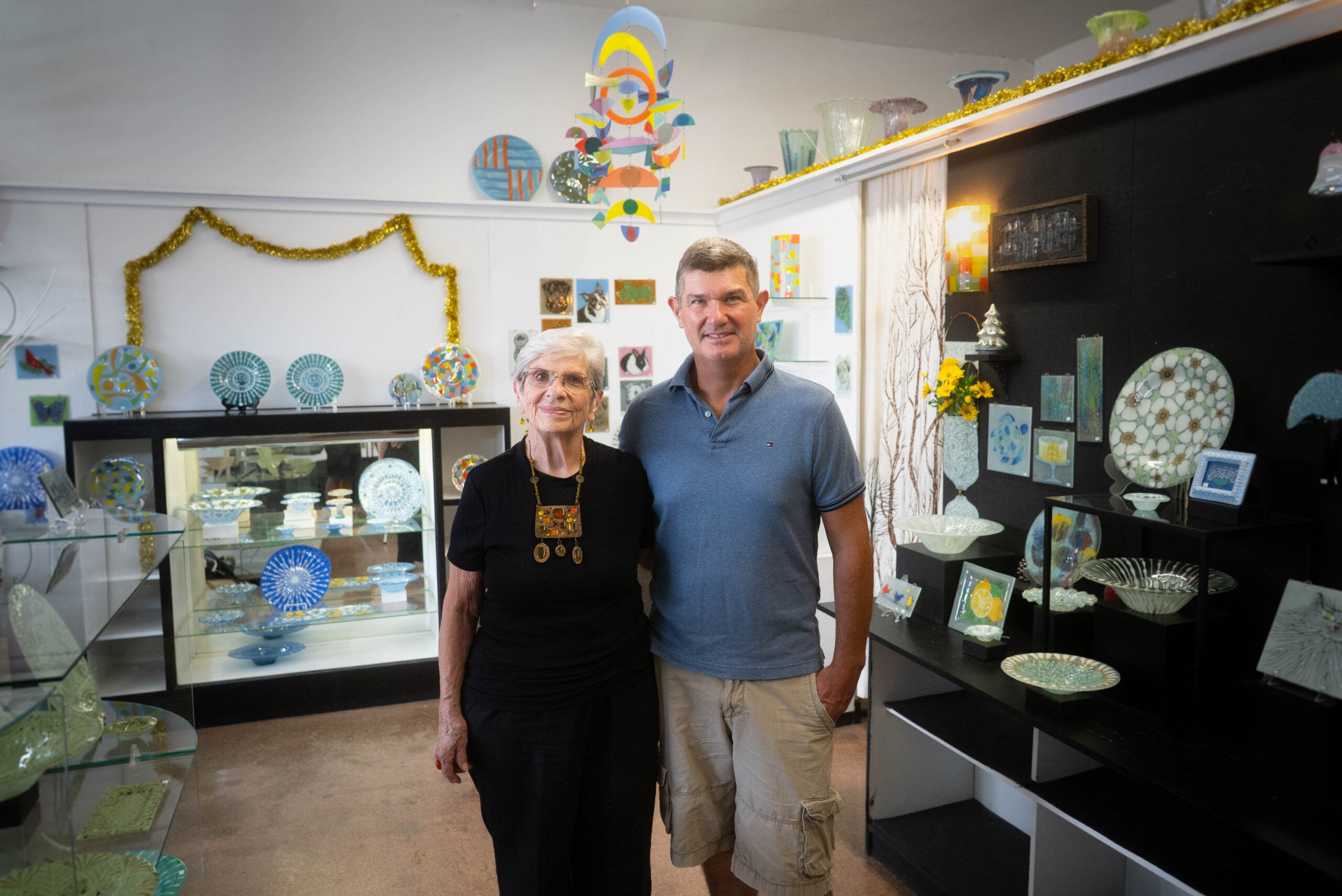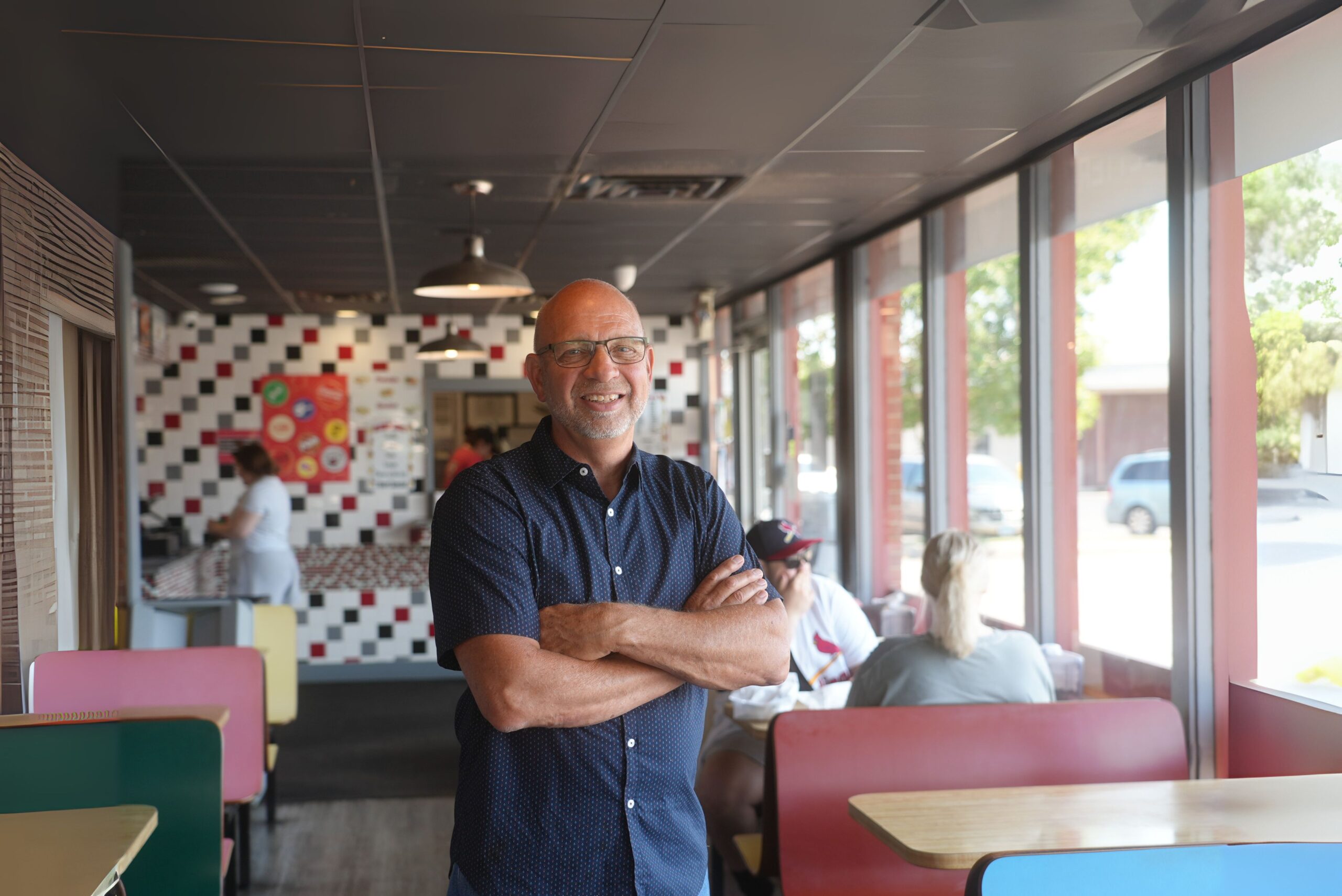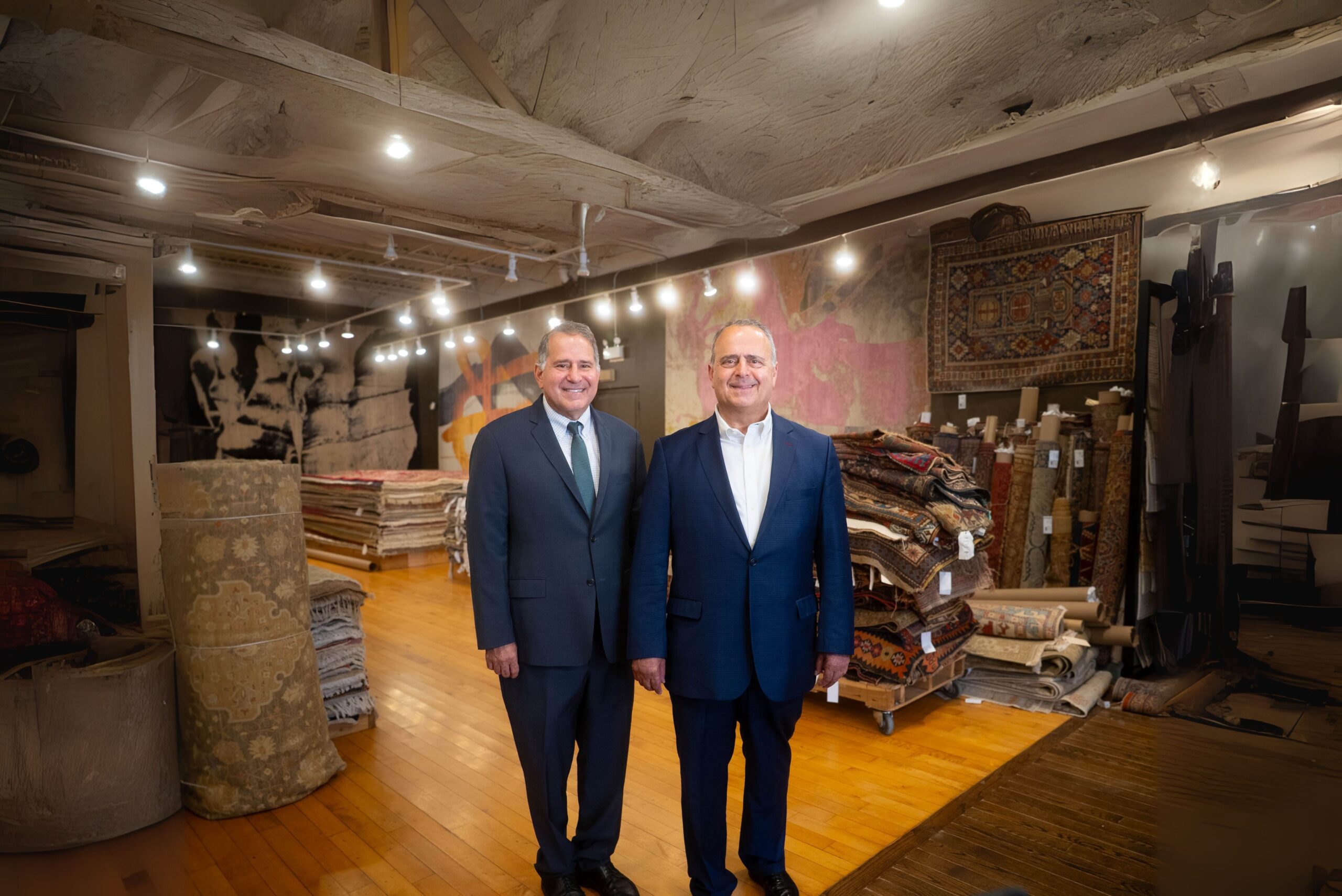If you’re looking to update your retail store layout, you’re in the right place.
At Legendary Small Town Trading Co. in Taylorville, Illinois, owner Cindy Frisina successfully transformed an old department store into a profitable business through effective retail store layout strategies. Her store now includes a cozy coffee bar, a unique retail boutique, a relaxed family lounge, and a hidden speakeasy-style tasting room for private events.
This new and improved layout has enhanced her customer experience and changed the way customers interact with her space.
If you’re ready to rethink your retail store layout, these seven ideas will inspire you to turn every corner into something intentional and inviting.
1. Historic Preservation as a Foundation for a Unique Retail Layout
Legendary Small Town Trading Co. is situated in a historic 1870s building that was once used as a department store. Cindy chose to preserve the original elements like its hardwood floors, exposed brick, and tin ceiling. Instead of decorating over its history, she let the architecture speak for itself. This choice added authenticity and set the store apart from more generic retail spaces.
As you update your retail layout, look for ways to celebrate your building’s original features. If you have an older building, consider exposing the brickwork, restoring the wood trim, or highlighting vintage windows instead of replacing them. If you’re in a modern building, use reclaimed materials to add texture and warmth. A visually distinct space will keep customers interested and engaged with your brand.
2. Strategic Zoning for Diverse Customer Experiences
At Legendary Small Town Trading Co., each area of the store offers a different experience. There’s a coffee bar up front, retail displays in the middle, and a lounge space known as the “family room” toward the back. At the rear is a hidden speakeasy-style tasting room for wine events and private gatherings. The result is a layout that encourages customers to stay longer.
Defining areas in your store that cater to different customer needs is crucial. You could:
- Create a corner with soft seating and warm lighting that invites customers to pause and unwind.
- Design an interactive demo space where staff can host tastings, how-to workshops, or product showcases.
- Open up a discovery zone near the center of your store to feature new arrivals, seasonal goods, or limited-edition collections.
These sections will help with customer flow and ensure they’re invested in your products from start to finish.
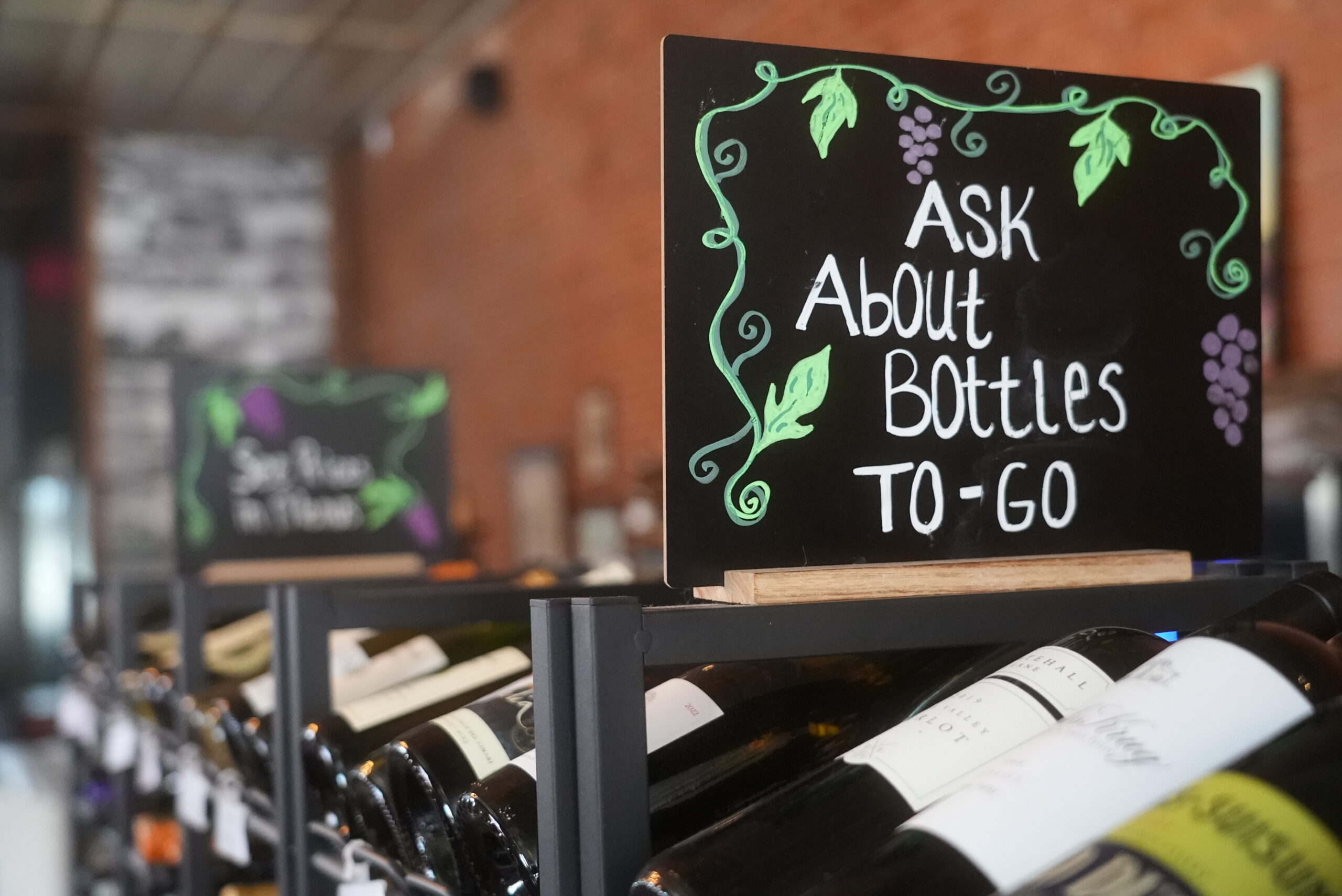
3. Curated Merchandise Integration into the Physical Space
Cindy carefully chooses items like gourmet snacks, baked goods, cookware, and fine wines, then integrates them beautifully into the space. Every shelf, display, and surface serves a purpose in highlighting her product mix because the building has so much personality, and the merchandise feels like it belongs there.
Legendary is “not just a restaurant or a coffee bar or wine bar. We really are rooted in our retail history, and so we’ve brought retail that we have really thought about. It’s very intentional,” Cindy explains.
Make sure to choose products that align with your store’s personality, and then let your retail store layout support the narrative. Highlight locally made goods or items with interesting backstories and place them in focal areas. Then use hand-drawn signs to draw connections between the space and the product. The result is a layout that feels layered and intentional.
4. Seamless Blend of Culinary, Retail, and Event Functionality
If your space is versatile, use it to your advantage. At Legendary Small Town Trading Co., customers can sip coffee while browsing during the day and visit the tasting room for events at night. This multi-purpose use keeps foot traffic consistent and makes way for new revenue streams. The flexible layout also enables the store to cater to a diverse range of visitors throughout the week.
Design your retail store layout to accommodate multiple functions. Think about how movable displays, modular shelving, or flexible fixtures can quickly transform your space from a traditional shopping setup to an event zone or pop-up showcase. Having a dynamic space will make your store feel more alive!

5. Embedding Community History and Local Storytelling within the Layout
Cindy set out to create a store that was a love letter to Taylorville. She began with decor, creating collage walls of historic local photos and displaying art from local artists and craftsmen. Even the restoration work on the building involved local tradespeople. This connection makes customers feel like they’re part of something bigger, creating an actual space for community.
Tell your local story through your retail store layout ideas. Here’s how you can do it:
- Showcase photos, news clippings, or artwork that reflect your town’s culture.
- Collaborate with local makers to showcase their handmade products on rotating displays.
- Use placards to introduce customers to the people behind the work.
When customers feel like they’re a part of your space, they’re more likely to share and support it.
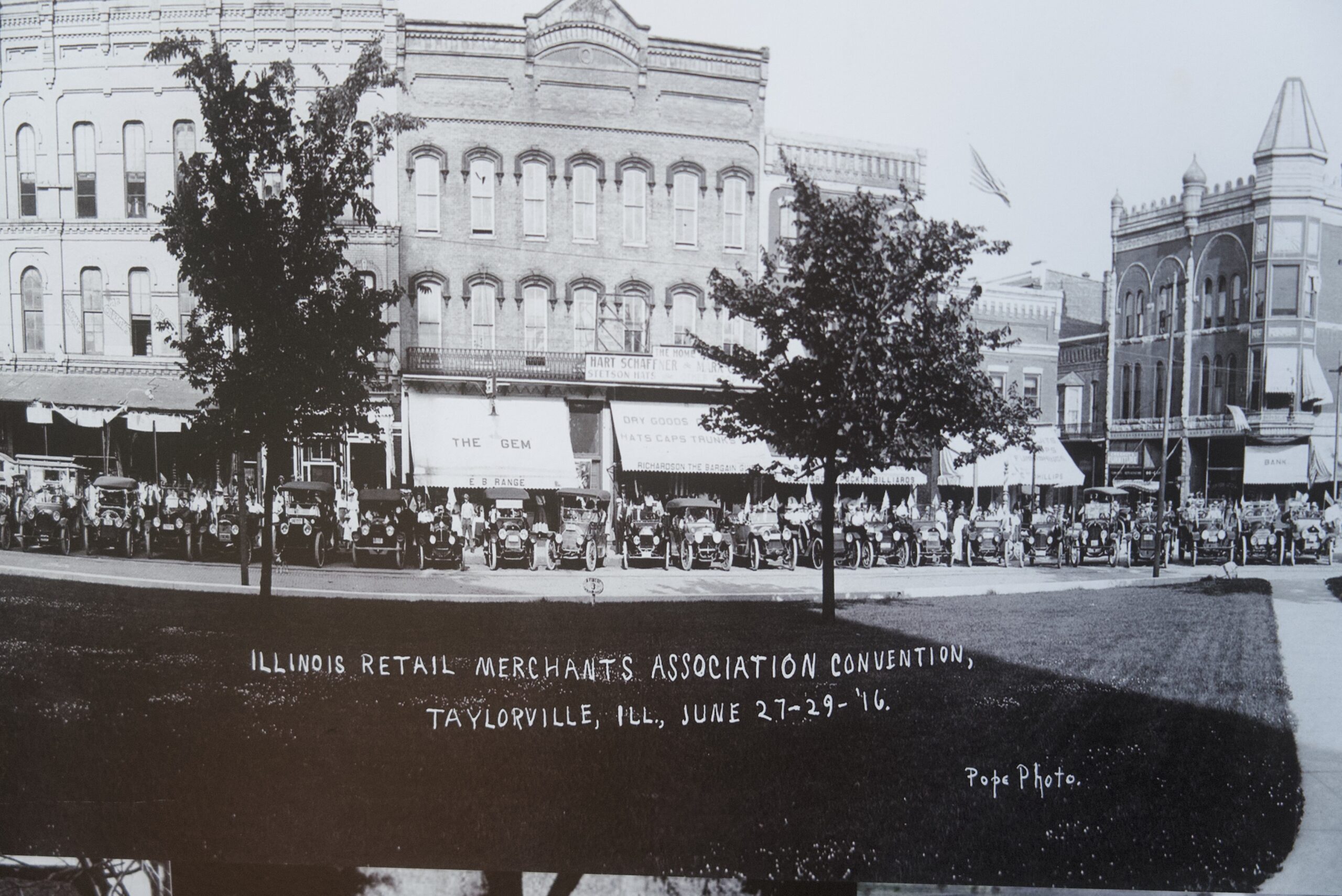
6. Focus on Having an Omnichannel Layout
Although the space feels old-fashioned, the store remains modern with digital shopping capabilities. Cindy offers online ordering for pickup and has shelves reserved for quick grab-and-go orders, making the process easy for busy customers. This thoughtful use of space ensures that online convenience doesn’t disrupt the in-store experience. It also adds another layer of accessibility and service.
When building your retail store, remember to include digital support features directly into your layout. Start with designating a well-marked section for pickups or returns and adding a tablet where customers can sign up for events. Thoughtful tech touches add convenience without disrupting the store’s atmosphere.
7. Adaptive Layout Through Continuous Customer Feedback
Cindy credits many of her store improvements to customer suggestions. She listens closely to feedback on layout, products, and services, and adjusts regularly. Over time, this has helped the store remain relevant and fresh. The layout evolves based on actual customer behavior, becoming a living design that grows with the people it serves.
Not sure where to start with your retail store layout? Observe how people move through the store and which displays draw the most attention. Then, try new arrangements seasonally and see how shoppers respond. If you’re still having trouble, consider using surveys, comment cards, or conversations to gather insights directly from the customer. Maintaining a responsive layout demonstrates that your store values its customers and is committed to growing alongside them.
Conclusion
At Legendary Small Town Trading Co., every design decision tells a story, serves a purpose, and welcomes the community. Cindy has created a space where people can shop, gather, learn, and connect. Take inspiration from her retail store layout ideas and bring these ideas into your store, one thoughtful detail at a time.
We Are Retail is committed to highlighting Illinois’ diverse and dynamic retailers. If you loved learning about the story of Legendary Small Town Trading Co. and know a retailer who deserves recognition, Nominate A Retailer!

